Dallas Fed President Lorie Logan emphasized the importance of a cautious approach to tightening monetary policy amidst uncertainty, suggesting that a slower pace doesn’t diminish commitment to achieving inflation goals.
Logan stated in a conference, “when conditions are uncertain, you may need to travel more slowly. But a slower pace of tightening shouldn’t signal any less commitment to achieving the inflation goal.” She further noted the potential for nonlinear deterioration of financial conditions, advocating for smaller, less frequent rate hikes to mitigate this risk.
Logan also underscored the multifaceted nature of monetary policy’s impact. She said, “The restrictiveness of monetary policy comes from the entire policy strategy – how fast rates rise, the level they reach, the time spent at that level and the factors that determine further increases or decreases.”
Seaprately, New York Fed President John Williams highlighted the time lag between policy decisions and their full impact on the economy, underlining the importance of monitoring the economy’s behavior post-decision. “We’ve got to make our decisions and then watch what happens, get that feedback, see how the economy’s behaving,” Williams explained.
In another occasion, Chicago’s Austan Goolsbee, however, indicated it may be too soon to discuss rate cuts or changes to monetary policy. He said, “I think it’s far too premature to be talking about rate cuts and premature to be saying — even for the next meeting — are we going to pause? Are we going to raise? Are we going to cut.”




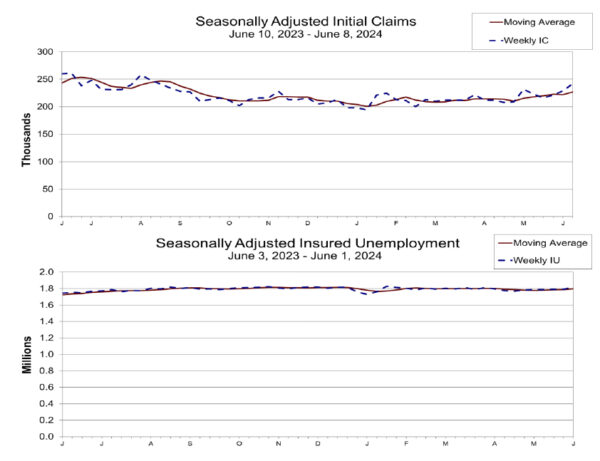
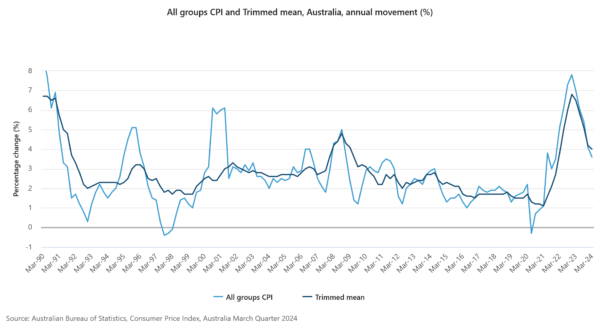
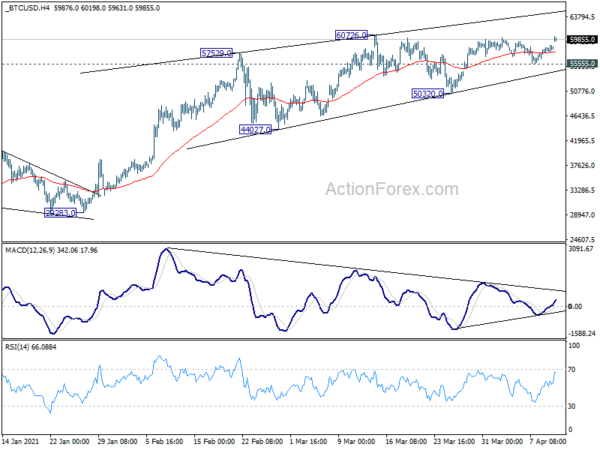
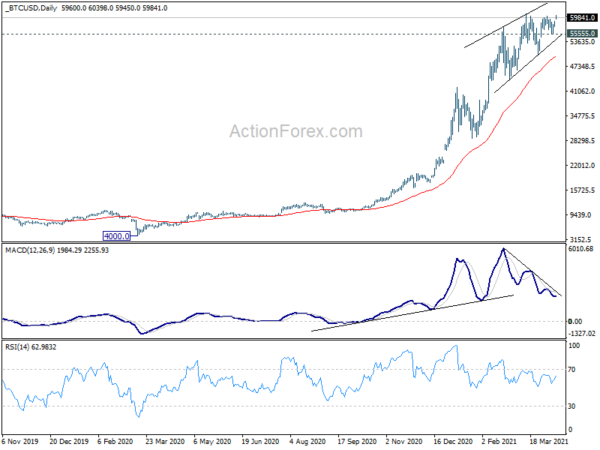
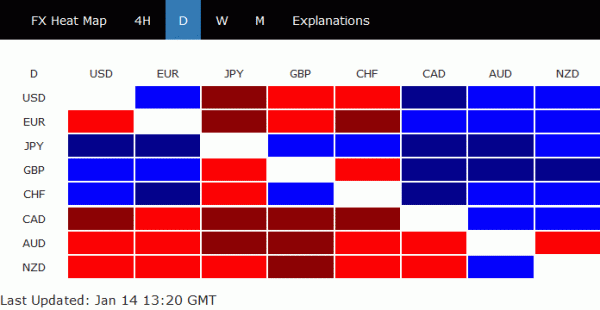
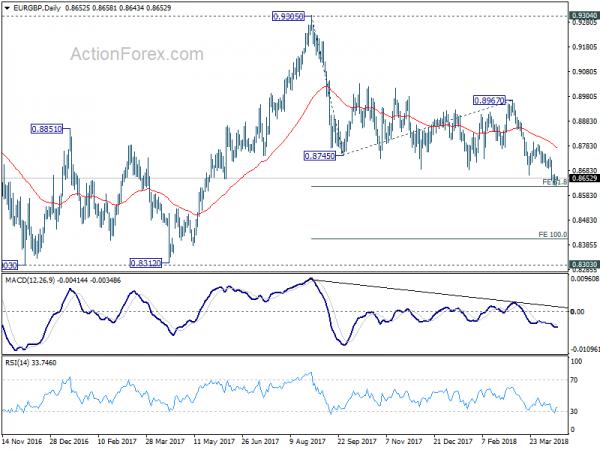
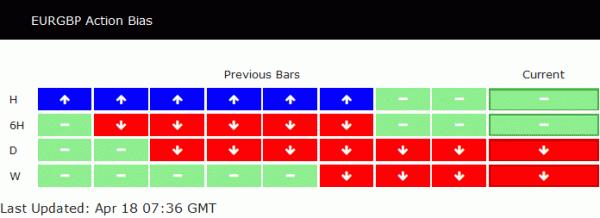
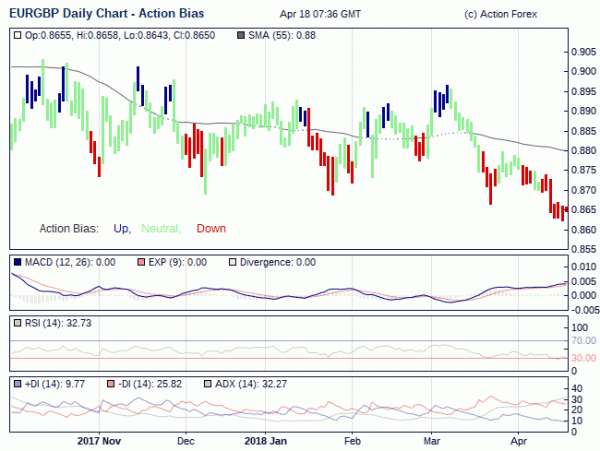
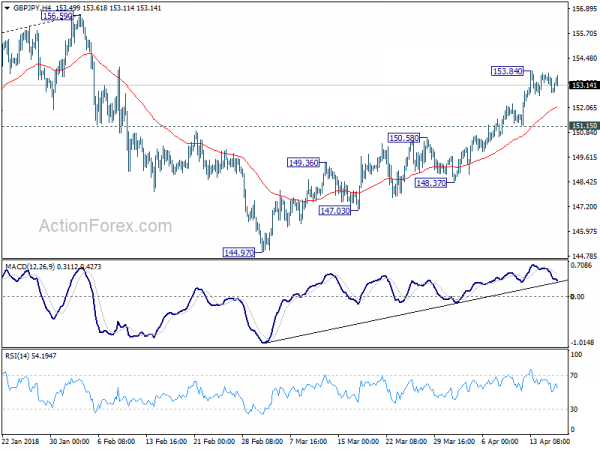
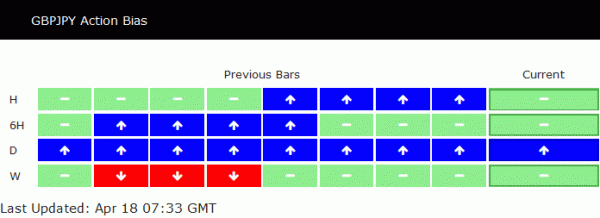
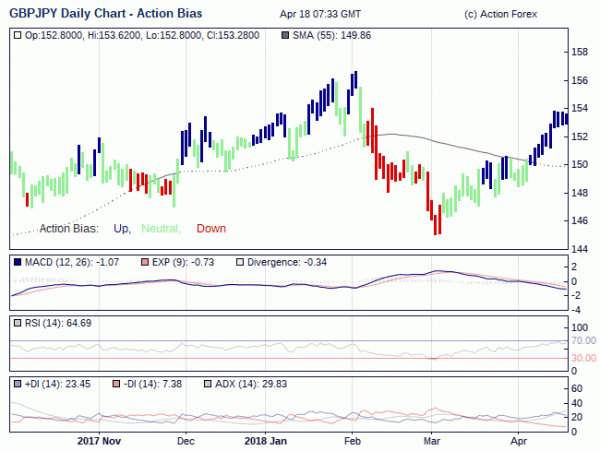
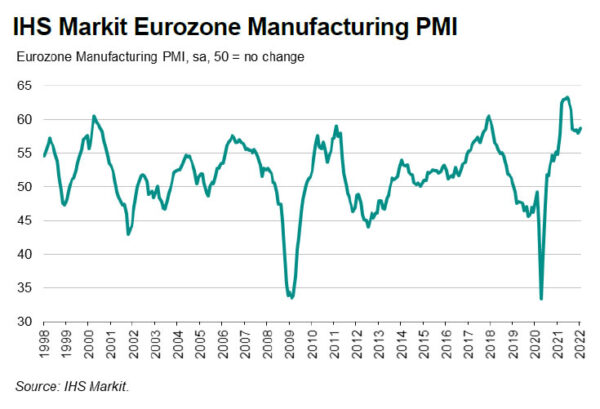
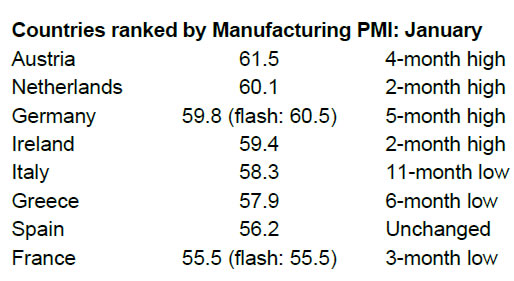
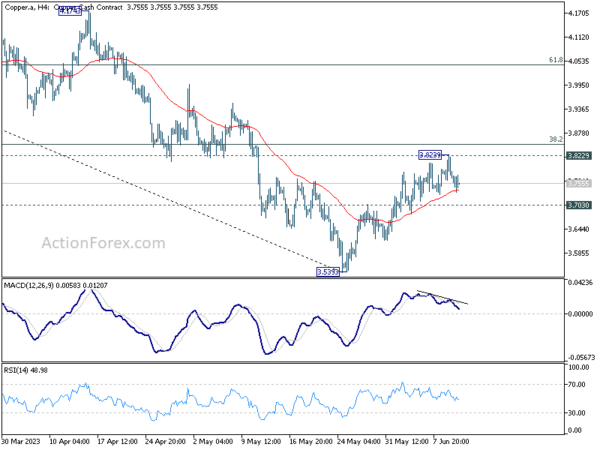
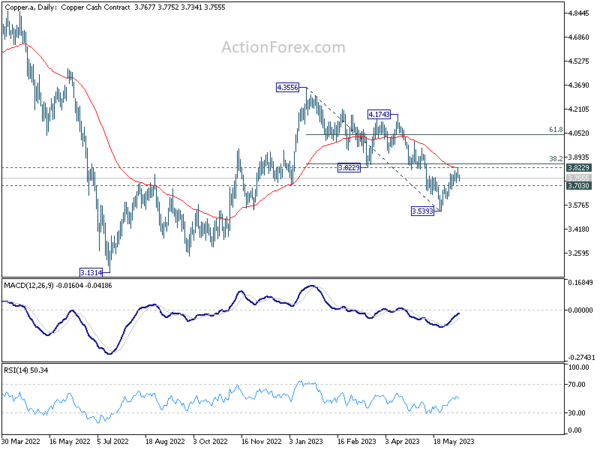
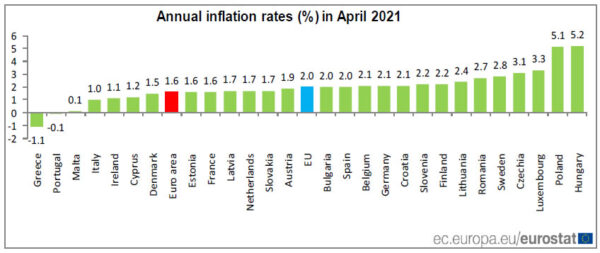
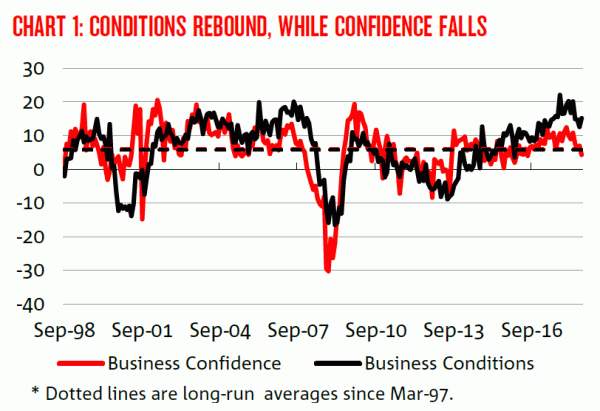
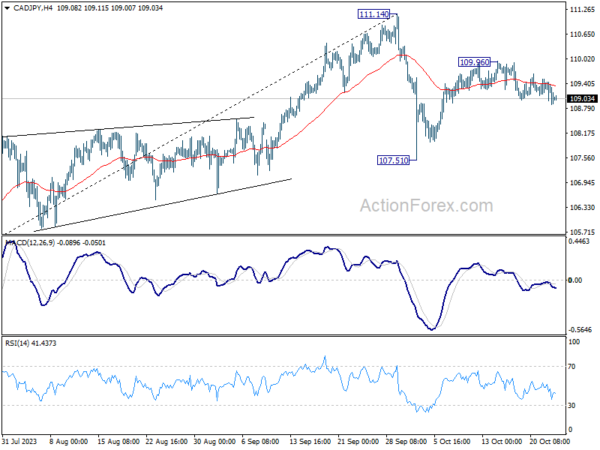
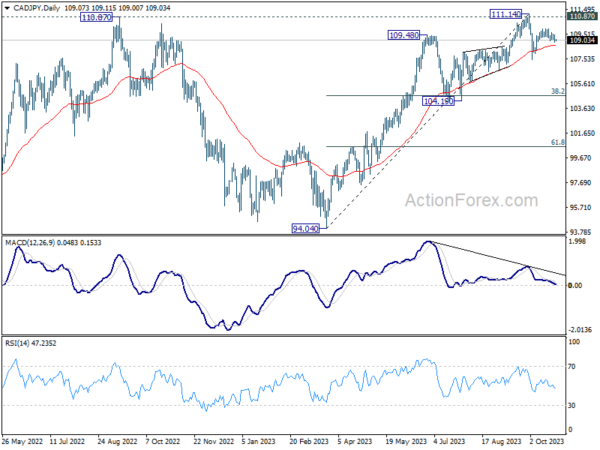

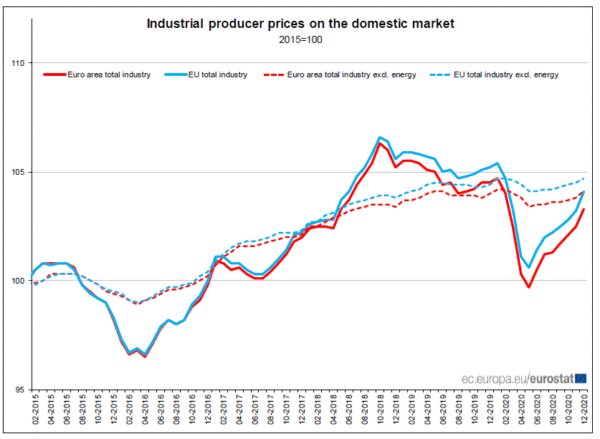

Fed Bullard: Strong Q3 may put US economy at full recovery by year end
St. Louis Fed President James Bullard said the US economy may rebound at a 35% annualized rate in Q3. Additionally, the strong rebound in Q3 “may put the U.S. economy within reach of a sort of ‘full recovery’ by the end of 2020.” With another 10% growth in Q4, the national income could be in reach of 2019 average.
“These are big numbers, but not outside the realm of possibility,” he said. “I expect this rebound to continue in the U.S. as businesses learn how to produce products and services safely using simple, existing technology.”
Nevertheless, “Fed policy would be the same regardless of how optimistic or less optimistic you might be about the outlook,” he said. “I don’t think it’s that reasonable to expect a second-wave scenario to be the one that would dominate your forecasts.”